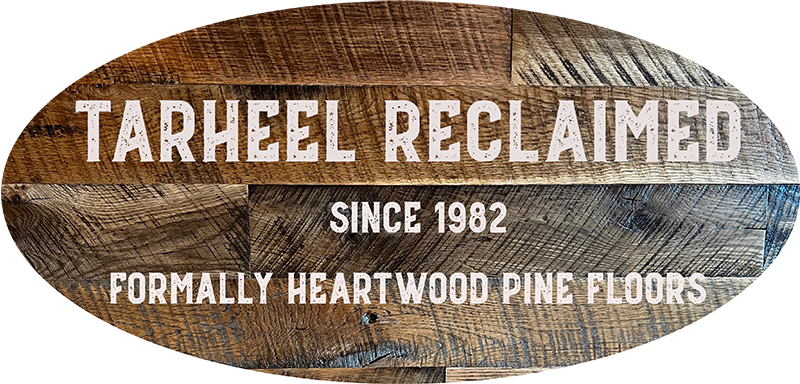Environmental Benefits of Using Reclaimed Stair Treads in Home Renovation Projects
The growing popularity of reclaimed stair treads in the east coast states reflects a deeper understanding of environmental conservation in home renovation. These preserved wooden pieces, often sourced from historic buildings and barns, carry both historical significance and environmental benefits. Each tread tells a unique story while contributing to sustainable building practices that help preserve our natural resources.
Reducing Deforestation Through Material Reuse
Using reclaimed stair treads in the east coast states directly impacts forest conservation efforts. When homeowners choose reclaimed materials, they decrease the demand for newly harvested lumber. This choice helps protect existing forests, which play a crucial role in maintaining biodiversity and reducing carbon dioxide levels in the atmosphere. Every reclaimed tread used represents a small but significant step in forest preservation.
Carbon Footprint Reduction in Transportation
The availability of reclaimed stair treads in the east coast states significantly reduces transportation-related carbon emissions. Local sourcing of these materials eliminates the need for long-distance shipping of new lumber from distant forests. This localized approach to material sourcing creates a smaller carbon footprint compared to using newly manufactured treads that often travel thousands of miles before reaching their final destination.
Energy Conservation in Material Processing
Reclaimed stair treads require substantially less energy to prepare for installation compared to new lumber. While new wood needs extensive processing, including cutting, drying, and milling, reclaimed treads typically need only minimal refinishing. This reduced processing translates into significant energy savings, making reclaimed materials an environmentally conscious choice for stair renovation projects.
Preservation of Old-Growth Wood Characteristics
The unique characteristics found in reclaimed stair treads in the east coast states cannot be replicated in newly harvested lumber. Old-growth wood, often hundreds of years old, possesses superior density, stability, and grain patterns that develop over decades of natural aging. These qualities mean the treads will last longer and require less maintenance over time, reducing the need for future replacements and conserving resources.
Waste Reduction Through Material Recovery
Using reclaimed materials prevents valuable wood from ending up in landfills. Each piece of reclaimed lumber repurposed as stair treads reduces waste and extends the lifecycle of these materials. This practice aligns with sustainable building principles and demonstrates responsible resource management in construction and renovation projects.
Indoor Air Quality Improvements
Reclaimed stair treads typically contain fewer chemical treatments compared to new lumber products. These older materials have already off-gassed any historical treatments over their lifetime, resulting in better indoor air quality. Additionally, reclaimed wood requires fewer new chemical treatments during installation, creating a healthier living environment for home occupants.
Historic Preservation and Environmental Benefits
The use of reclaimed stair treads in the east coast states helps preserve architectural heritage while supporting environmental conservation. These materials often come from buildings with significant historical value, and their reuse helps maintain connections to regional architectural history while preventing unnecessary resource consumption.
Long-Term Durability and Environmental Impact
The exceptional durability of reclaimed stair treads means fewer replacements over time. This longevity reduces the overall environmental impact of stair construction and maintenance. The natural aging process has already stabilized these materials, making them less likely to warp or deteriorate compared to newly harvested wood.
Conclusion
The environmental advantages of using reclaimed stair treads in the east coast states extend far beyond simple material reuse. From reducing deforestation and energy consumption to preserving historical materials and improving indoor air quality, these sustainable building materials offer multiple benefits for environmentally conscious homeowners. The choice to incorporate reclaimed materials in stair renovation projects represents a meaningful step toward more sustainable building practices while maintaining high standards of quality and aesthetics in home improvement.

